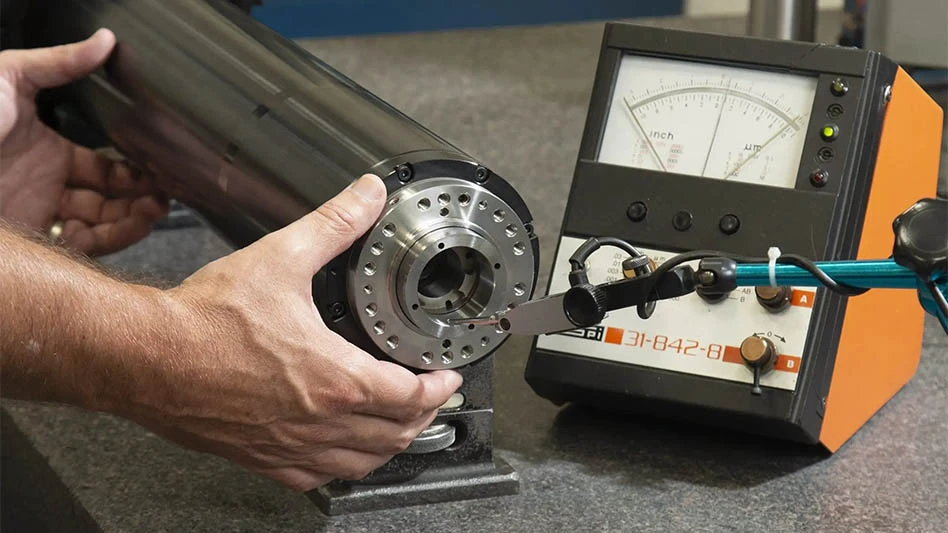Fully designed and completed on schedule and in respect of quality requirements, the A350 XWB nose fuselage has been a much cherished project of Aerolia teams and its French, American, and Korean partners involved in the supply-chain of the leading French aircraft fuselage manufacturers and N°2 largest global manufacturer of nose fuselages.
A tight planning
Aerolia teams and their partners have been responsible for designing the three sub-assemblies, over the last 30 months, of this nose fuselage, which comprise :
* for the metallic parts, Section 11 and the nose landing gear bay,
* and for the composite components, the aircraft’s lower shell and Section 12 fitted with the passenger door frames.
3000 plans were realized at the Aerolia Design Office to enable manufacturing, on time.
Investment
Throughout preparation of the design bundle, large-scale work was undertaken across all Aerolia sites in order to ensure the very latest in facilities and infrastructure. At Méaulte, site in the north of France, a new Composite Unit was operational in November 2010 with a total surface area of 10,000m².
“A total of 220 million Euros has been invested by Aerolia across its three sites in France so as to respect our commitments towards Airbus, to respect deadlines and to deliver this first A350 XWB nose fuselage”, stated Guillaume Vuillermoz, A350 Head of A350 Programme at Aerolia.
Major technological assets
The nose fuselage is characterised by the combination of metal on the front sections and composite materials on the lower and lateral sections of the aircraft. “Weighing in at 3.1 tonnes, one third of this nose fuselage is made of composite materials and around one third of the metal parts are made of Aluminium-Lithium,” states Philippe Stoltz, Head of Aerolia Engineering.
Consisting of:
• a metallic front section, large double-curve windshield frames, and nine mechanically machined panels held by 12,000 fasteners.
• Section 12 and the lower shell, both made of composites and benefitting from characteristics that meet these subassemblies’ very stringent requirements in terms of fatigue and damage-tolerance.
• a metallic nose landing gear bay which, associated with the composite lower shell, are amongst the two parts subjected to the greatest stress during the take-off and landing phases.
Latest from Aerospace Manufacturing and Design
- AviLease orders up to 30 Boeing 737 MAX jets
- 256-piece general maintenance tool kit
- JetZero all-wing airplane demonstrator achieves milestones
- Cermet indexable inserts for medium turning operations
- Trelleborg acquires Aero-Plastics
- Industrial automation products, enclosed encoders
- #61 - Manufacturing Matters: CMMC roll out: When do I need to comply?
- AIX shows aircraft interiors are a strategic priority for global airlines





